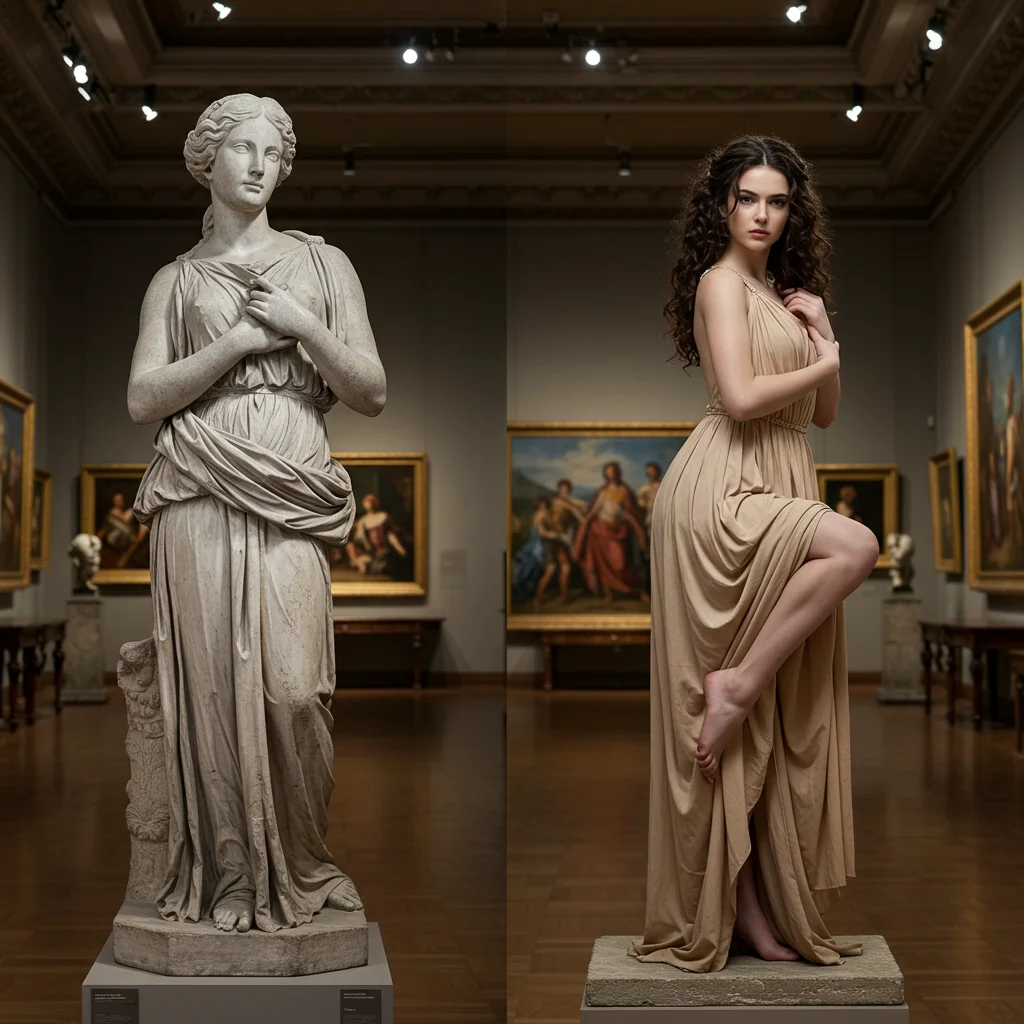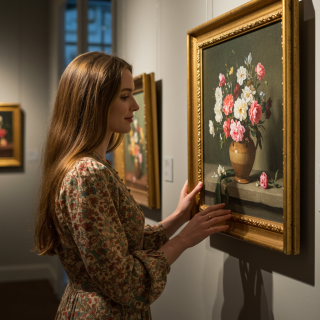Table of Contents
Introduction
The Renaissance era (14th–17th century) marked a rebirth of classical artistry, blending scientific precision with creative genius. Sculptors of this period, such as Michelangelo, Donatello, and Bernini, transformed cold stone and metal into breathtakingly lifelike figures. But how did they achieve such realism? This article explores the techniques, tools, and innovations that allowed Renaissance artists to blur the line between art and reality.
1. Mastering Materials: Marble, Bronze, and Beyond
Renaissance sculptors primarily worked with marble and bronze, materials demanding both physical endurance and technical expertise.
- Marble Carving: Artists like Michelangelo sourced pristine Carrara marble, using hand tools like chisels, mallets, and rasps to chip away layers. The non-finito (unfinished) technique left parts rough to contrast with polished surfaces, creating dynamic texture.
- Bronze Casting: The lost-wax method allowed intricate details. A clay model was coated in wax, then molten bronze replaced the melted wax, capturing even veins and muscle fibers.
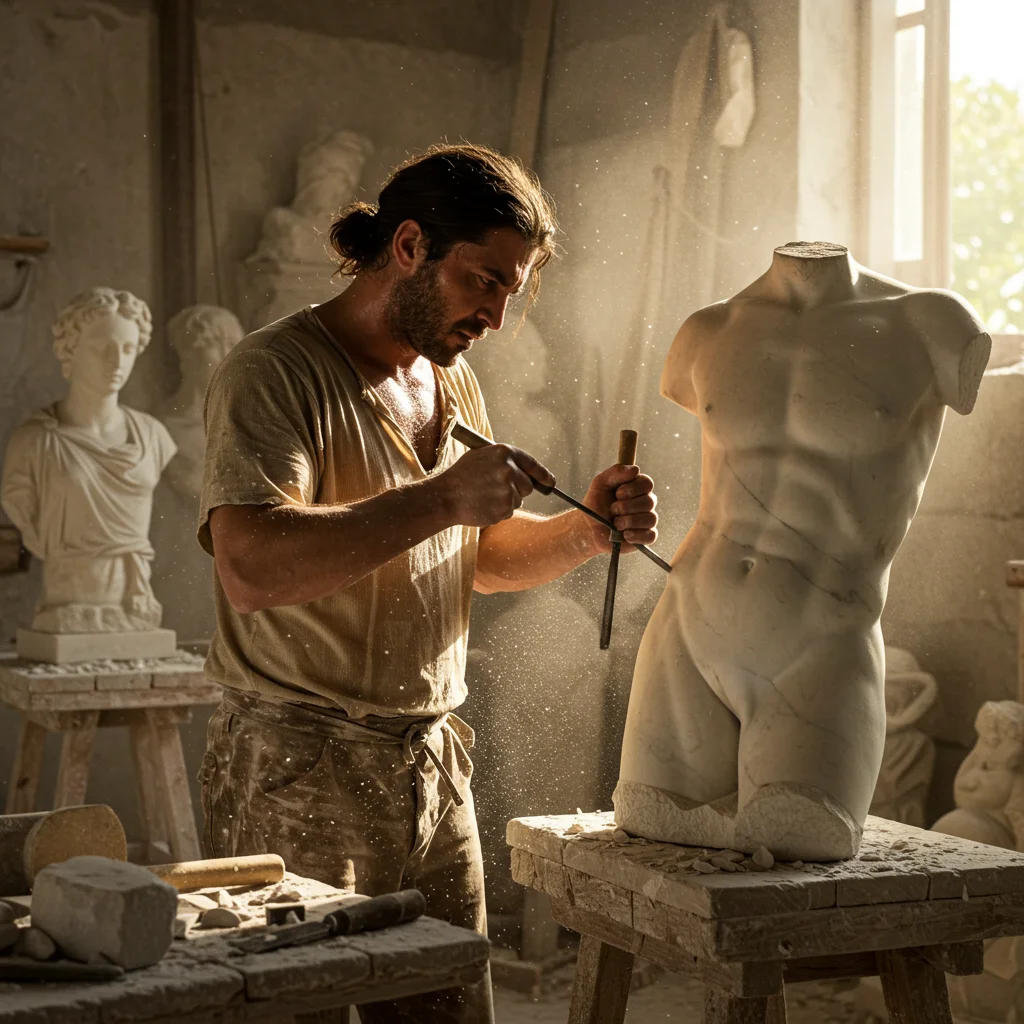
2. Anatomy as Art: The Science of the Human Form
Renaissance artists studied anatomy obsessively. Dissections of cadavers, though controversial, revealed muscles, bones, and tendons, which sculptors replicated with startling accuracy.
- Collaboration with Physicians: Sculptors like Antonio del Pollaiuolo worked with doctors to sketch dissections, ensuring their statues mirrored true human proportions.
- Contrapposto Pose: By shifting weight to one leg (e.g., Michelangelo’s David), statues gained naturalistic balance and implied movement.
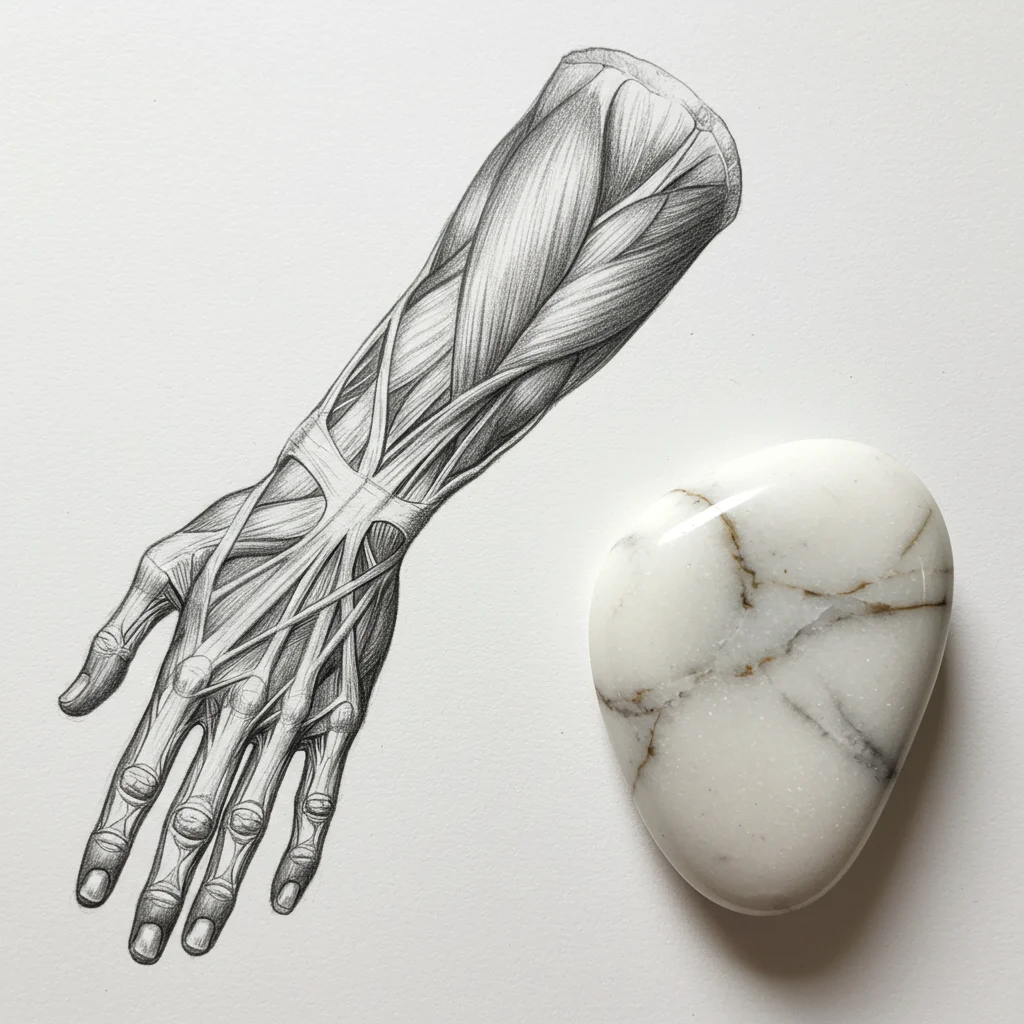
3. Tools of the Trade: Precision Meets Creativity
Beyond brute strength, sculptors relied on specialized tools:
- Pointing Machine: A mechanical aid to transfer measurements from a clay model to stone, ensuring proportionality.
- Tooth Chisels: Created textured surfaces for hair or fabric.
- Abrasives: Sandstone and pumice polished marble to a lifelike sheen.
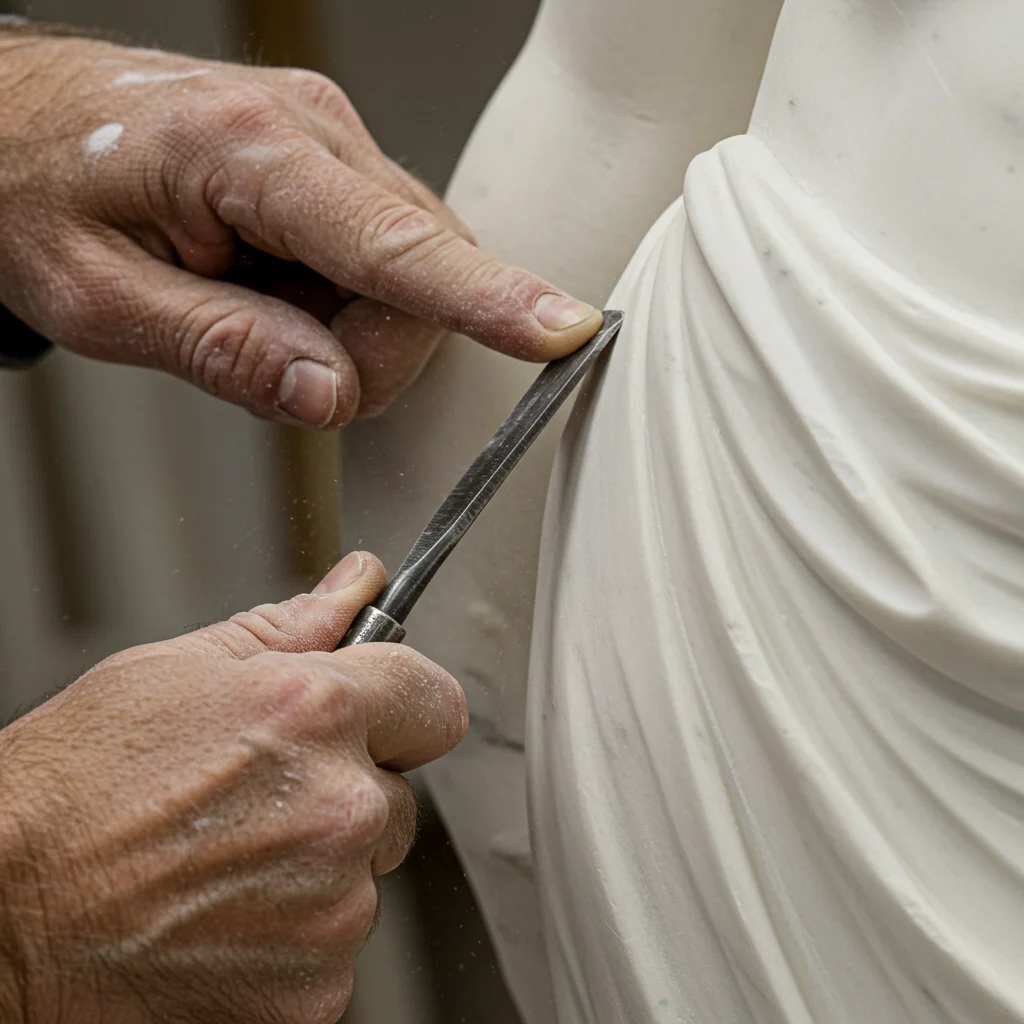
4. The Illusion of Life: Emotion and Expression
Realism wasn’t just physical—it was emotional. Sculptors carved subtle frowns, serene smiles, or furrowed brows to evoke inner life.
- Bernini’s Drama: Gian Lorenzo Bernini’s Apollo and Daphne captured metamorphosis mid-motion, with Daphne’s fingers transforming into leaves.
- Donatello’s Humanity: His Mary Magdalene depicted gaunt features and matted hair, conveying penitence through raw detail.
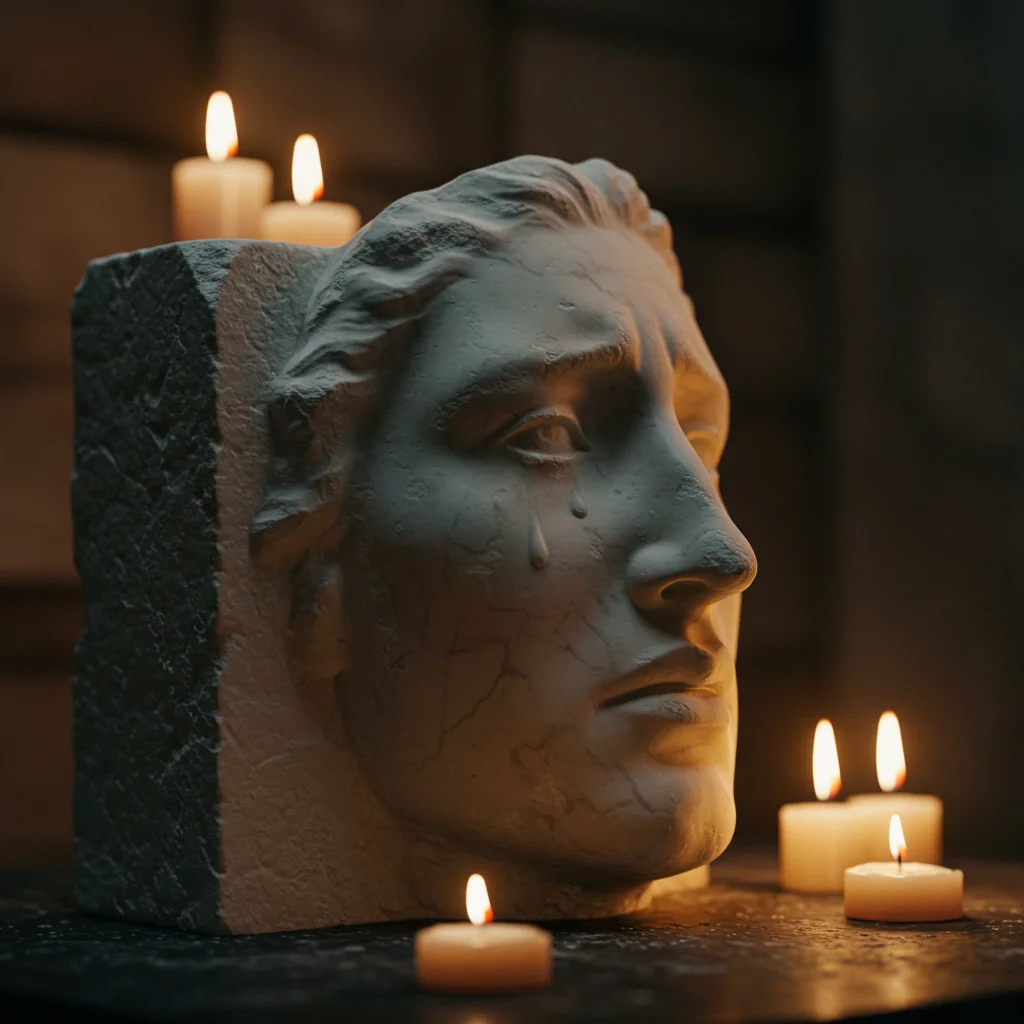
5. Legacy in Stone: Preservation and Modern Insights
Many Renaissance statues survive today, thanks to durable materials and restoration efforts. Modern technologies like 3D scanning reveal hidden chisel marks and corrections, proving even masters revised their work.
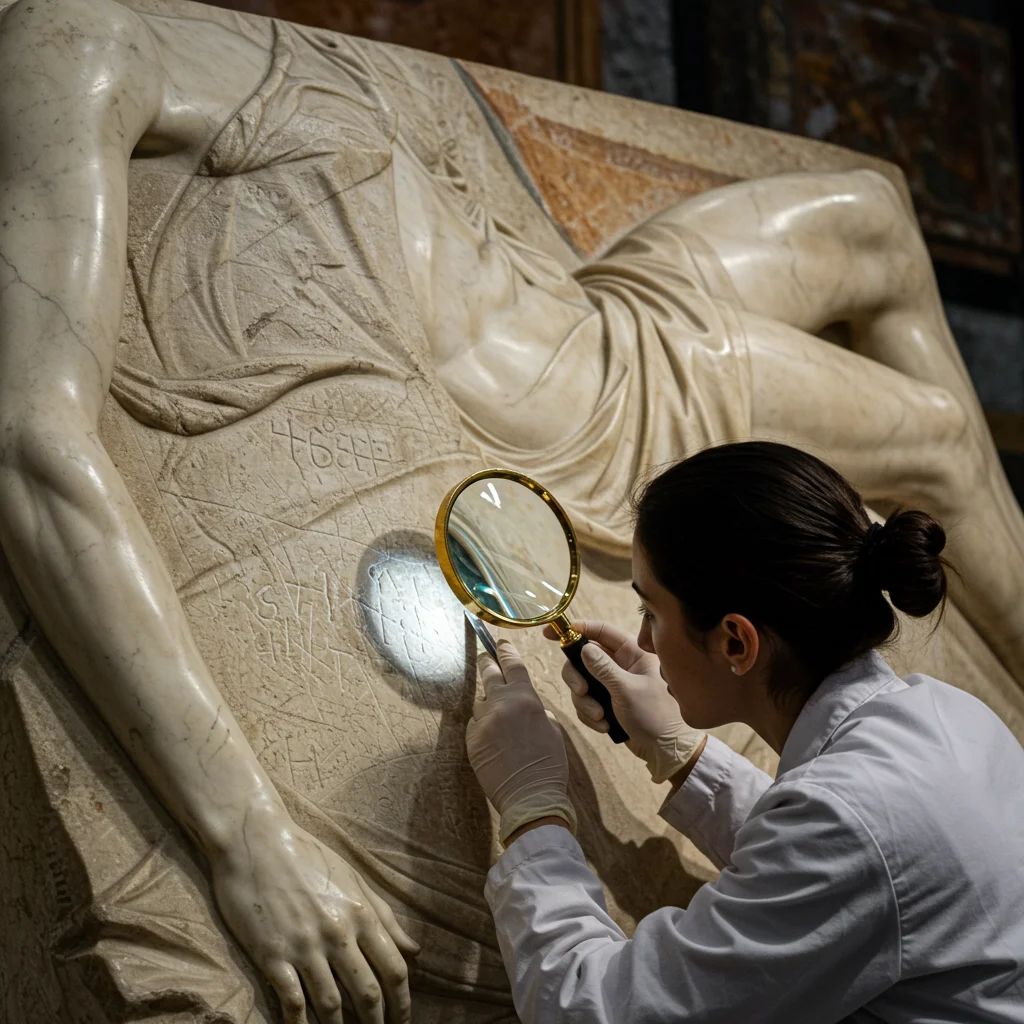
Conclusion
Renaissance sculptors were equal parts artists, engineers, and anatomists. Their dedication to merging science and creativity birthed statues so vivid they seem to breathe. By studying their methods, we glimpse a world where stone transcended its limits to mirror humanity itself.


